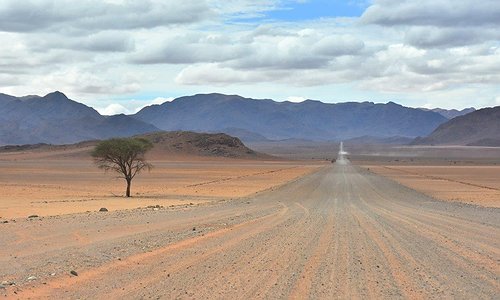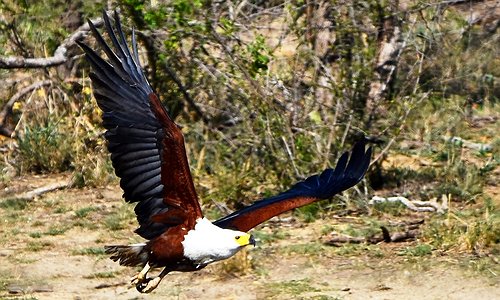How to travel without leaving a trace

In wild and wide landscapes, the best kind of traveller is the one who leaves nothing behind.
Southern Africa’s beauty is resilient, yet vulnerable with its open savannahs, delicate fynbos, and ancient dunes. Every footprint, every plastic wrapper, becomes a legacy. So how does one move through this world gently, respectfully, and with minimal impact, leaving it untouched for the next soul who passes?
Start with intention. Whether hiking in the Cederberg or off-roading through Kaokoland, low-impact choices begin before the journey. Reusable containers, biodegradable soap, and solar-powered lights are not accessories, but essentials. Packing with care is the first step in sustainable travel and honouring the land.
Once on the move, travel becomes a conversation with place. A quiet one. Stay on marked paths where possible. In the Eastern Cape’s Amathole mountains or the pans of Botswana, delicate ecosystems sit just beneath the surface. Straying off-route might save minutes but risks damage that can last years.
Respect local advice. A river that looks inviting might be sacred. A rock overhang may hold San art unseen from afar.
Rubbish deserves your attention. Pack it in, pack it out. That includes micro-litter: sweet wrappers, fruit peels, and bottle caps. In dry environments like the Richtersveld, decomposition takes far longer than expected.
Fires, too, leave scars. Rather than kindling new blazes, reuse old fire pits and use fallen wood rather than cutting branches. Flame is part of the African experience, but it must be managed.
When wildlife appears, patience matters more than proximity. In Chobe or Etosha, staying in your vehicle protects both you and the animal. The goal is to witness, not intrude. Feeding animals, even birds at campsites, teaches dependence and disrupts feeding patterns.
Let the wild stay wild.
Water use is often overlooked. In remote regions, supply is shared among communities, livestock, and nature. Avoid excessive bathing, choose chemical-free soap, and collect greywater responsibly. In desert areas, ask before refilling tanks as it may be someone else’s only supply.
Travelling with a light footprint doesn’t end with environmental care. Cultural respect is part of the equation. Ask before photographing people. Learn greetings in local languages. Understand customs before entering sacred areas. Respect is shown through curiosity, not assumption.
Eco-conscious travel is not a checklist. It is a mindset, one that blends preparation with humility. Whether staying in an eco-lodge, wild camping, or visiting a local homestead, the best experience is the one that does no harm. The point is not just to see the world, but to ensure that others can see it too.
To travel without a trace is to leave behind only stories, not scars. It’s not always convenient, but it’s always worthwhile. In these quiet choices lies the future of eco-conscious travel.




